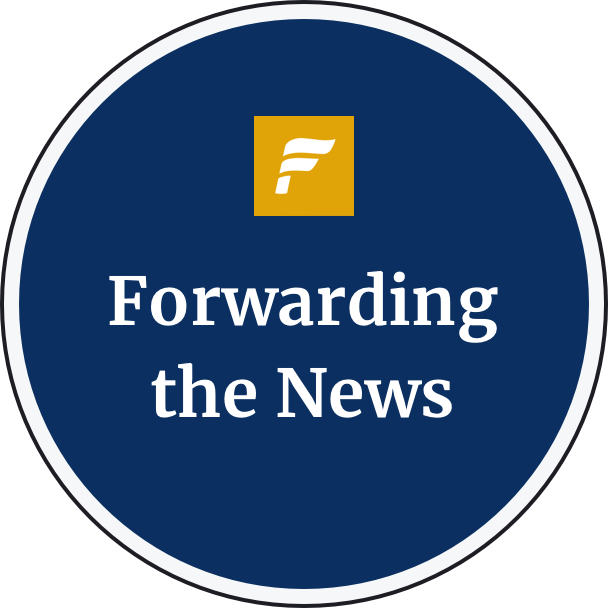100 Years Later, Saying Kaddish in a Staten Island Cemetery

In Memoriam: Amy Koplow, executive director of the Hebrew Free Burial Association, places a stone on the grave of a victim of the Triangle Shirtwaist factory fire. Image by DAVID KARP
In a cold and windswept Staten Island cemetery, four dozen people huddled together to recite Kaddish, the mourner’s prayer, and to mark the 100th yahrzeit of the Triangle Shirtwaist Factory Fire’s victims. Twenty-two of the victims were laid to rest in 1911 at the Mount Richmond Cemetery, which is owned by the Hebrew Free Burial Association.

In Memoriam: Amy Koplow, executive director of the Hebrew Free Burial Association, places a stone on the grave of a victim of the Triangle Shirtwaist factory fire. Image by DAVID KARP
“It’s unusual to be here without a burial,” said Guy Rossman, a retired history teacher who took part in the ceremony on March 1. Rossman, who lives in Staten Island’s Willowbrook, is a member of a group of volunteers who come to ensure a minyan for burials of indigent Jews. “We don’t know these people, but it’s a mitzvah to do it, so we come and help.”
Amy Koplow, the burial association’s executive director, led the visit to the cemetery. “It’s really hard to see these graves and not to be moved to tears, because you’re talking about young girls and young men who died in such a horrific way, having no way to save themselves. Our hearts have to go out to them,” she told the Forward.
The association, which began in the 1880s, ensures that impoverished Jewish residents of the metropolitan New York area receive a dignified Jewish funeral and burial. Many of those who died in the Triangle fire were poor, immigrant Jews.
Koplow described details of the lives of many of the 22 victims, more than half of whom were teenagers. She told how long each of them had lived in America, and she read their Hebrew names. Included on the list were two cousins, Russian immigrants Ida and Sarah Brodsky. The burial association’s records at the time were written in Yiddish, and Koplow said that Sarah Brodsky, 21, was to be married five weeks from that fatal day. Her fiancé, who applied for the free burial for his intended, broke down when police showed him the engagement ring he had given her.
Another Russian immigrant, Kalman Donnik, 24, was survived by a wife and an 11-month old daughter, Lillian. After his death, his older brother, Harry, arrived from Russia and married Donnik’s widow.
Koplow also described how the workers had perished: Some had jumped to their deaths, while others were burned inside the Greenwich Village factory. One of them, Lizzie Adler, 24, had been in America for a little more than three months before the fire and was unable to read or write in English. She sent most of her $6 weekly salary to her sisters in Romania. She is believed to be among the workers who jumped from the windows on the eighth or ninth floor.
Also buried in the HFBA plot is Bertha Kulla, 20, who had participated in the 1909 strike known as the Uprising of the 20,000 and was arrested on the picket line.
Forty-four victims of the fire were buried at Mount Zion Cemetery, in the Flushing section of Queens, where 14 of them were interred beneath a monument erected by Local 25 of the International Ladies’ Garment Workers’ Union. The cemetery is the final resting place of Celia Gitlin, who died in the fire at age 17. Gitlin was the great aunt of HBO’s documentary chief, Sheila Nevins, who gave a green light to the upcoming HBO film “Triangle: Remembering the Fire.” A service is being organized for the victims at Mount Zion, to be held on March 27.
Michael Hirsch, a co-producer of the HBO documentary, was among those at the gravesite ceremony on Staten Island. He said it was not difficult to connect the Triangle fire to tragedies today.
Distressed by Republican efforts to roll back the rights of organized labor, and by the Tea Party’s zeal for dismantling government regulation, Hirsch recalled television coverage of the Deepwater Horizon disaster in the Gulf of Mexico, in which survivors of the doomed oil rig were standing on the deck, trying to decide whether to die by burning or by jumping.
“I’m watching this and thinking to myself, ‘Oh, my God, here are two workers trying to make the same decision that many of the Triangle workers had to make.’”
Contact Jon Kalish at [email protected]
The Forward is free to read, but it isn’t free to produce
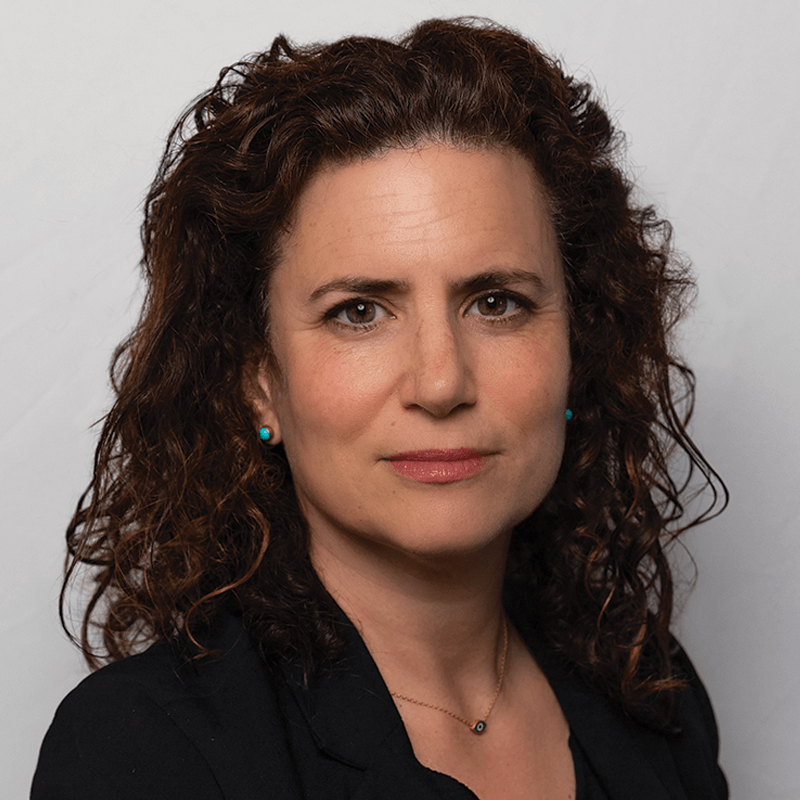
I hope you appreciated this article. Before you go, I’d like to ask you to please support the Forward.
At a time when other newsrooms are closing or cutting back, the Forward has removed its paywall and invested additional resources to report on the ground from Israel and around the U.S. on the impact of the war, rising antisemitism and polarized discourse.
Readers like you make it all possible. We’ve started our Passover Fundraising Drive, and we need 1,800 readers like you to step up to support the Forward by April 21. Members of the Forward board are even matching the first 1,000 gifts, up to $70,000.
This is a great time to support independent Jewish journalism, because every dollar goes twice as far.
— Rachel Fishman Feddersen, Publisher and CEO
2X match on all Passover gifts!
Most Popular
- 1
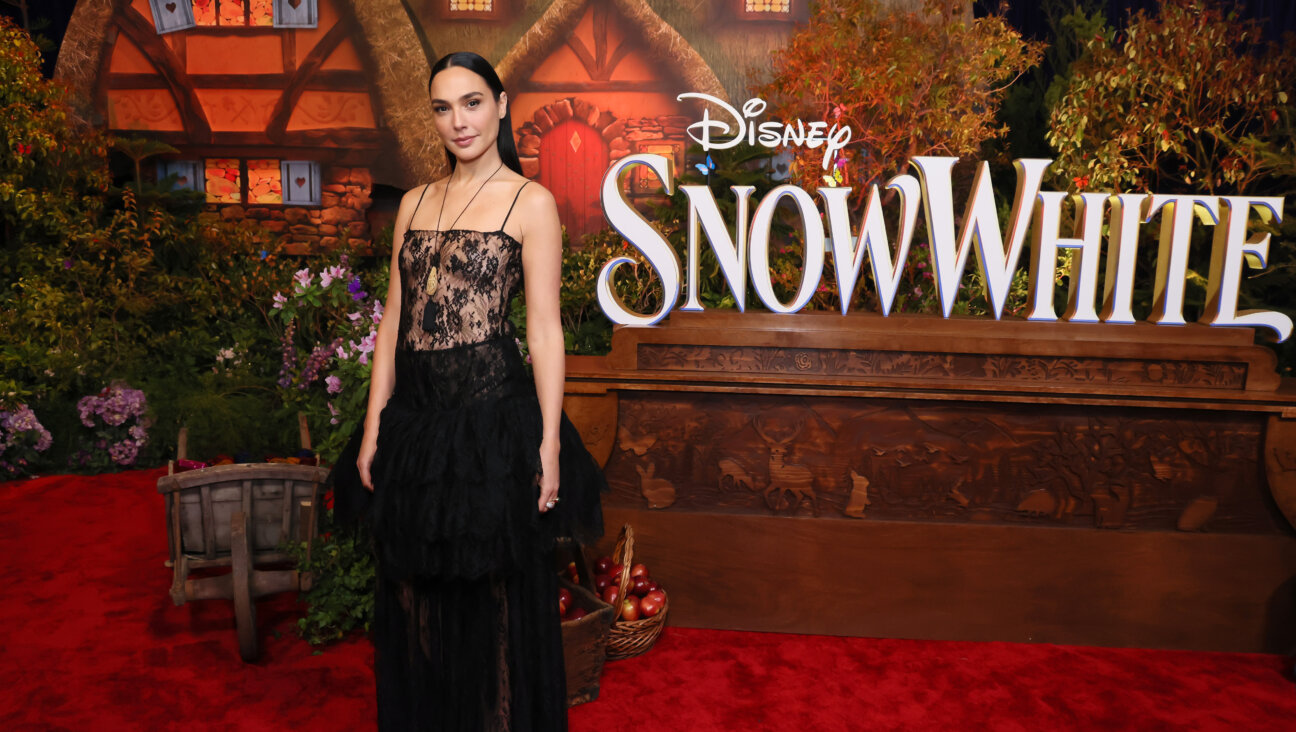
Film & TV What Gal Gadot has said about the Israeli-Palestinian conflict
- 2
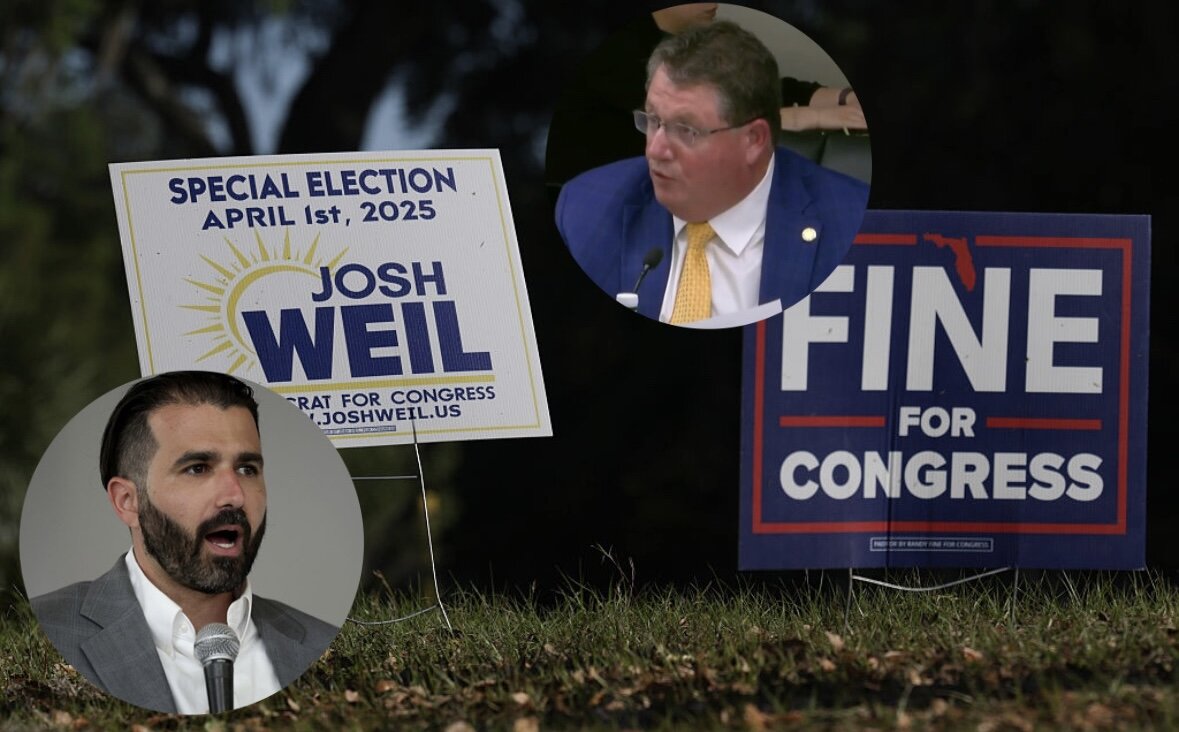
News A Jewish Republican and Muslim Democrat are suddenly in a tight race for a special seat in Congress
- 3

Culture How two Jewish names — Kohen and Mira — are dividing red and blue states
- 4
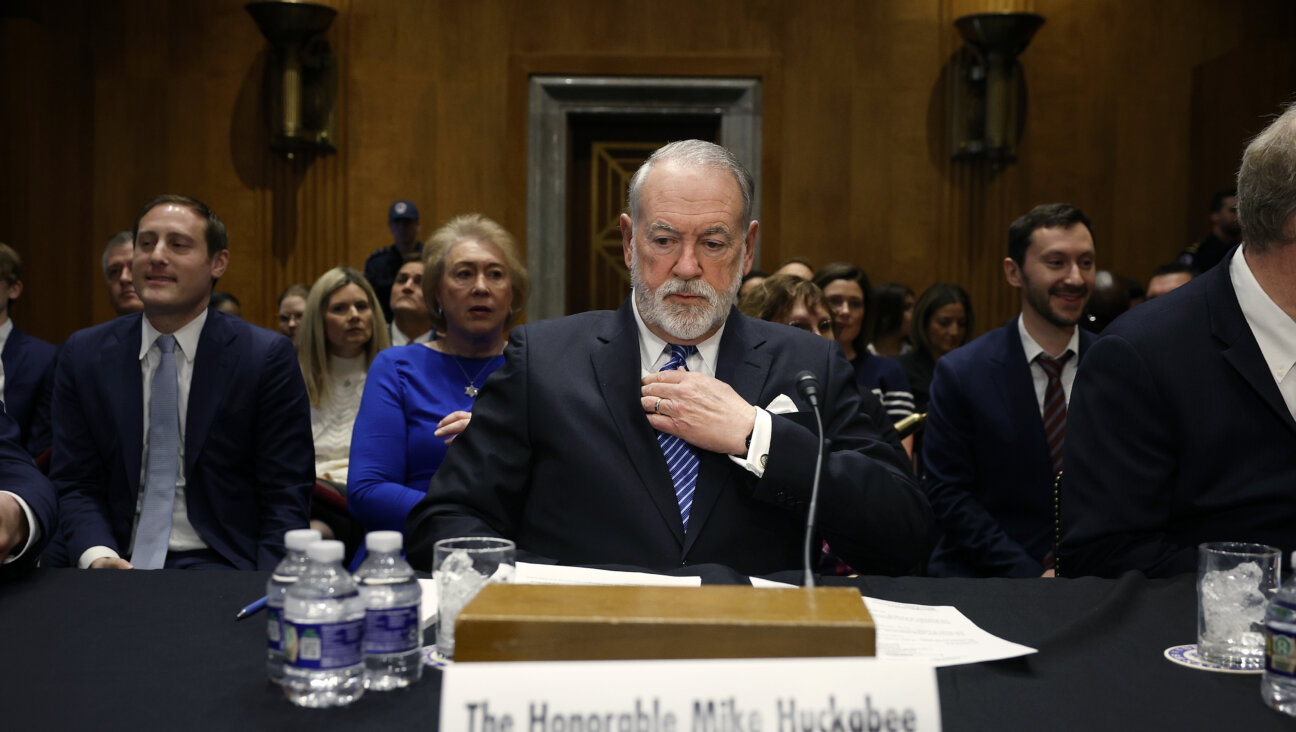
Opinion Mike Huckabee said there’s ‘no such thing as a Palestinian.’ It’s worth thinking about what that means
In Case You Missed It
-

Fast Forward The NCAA men’s Final Four has 3 Jewish coaches
-
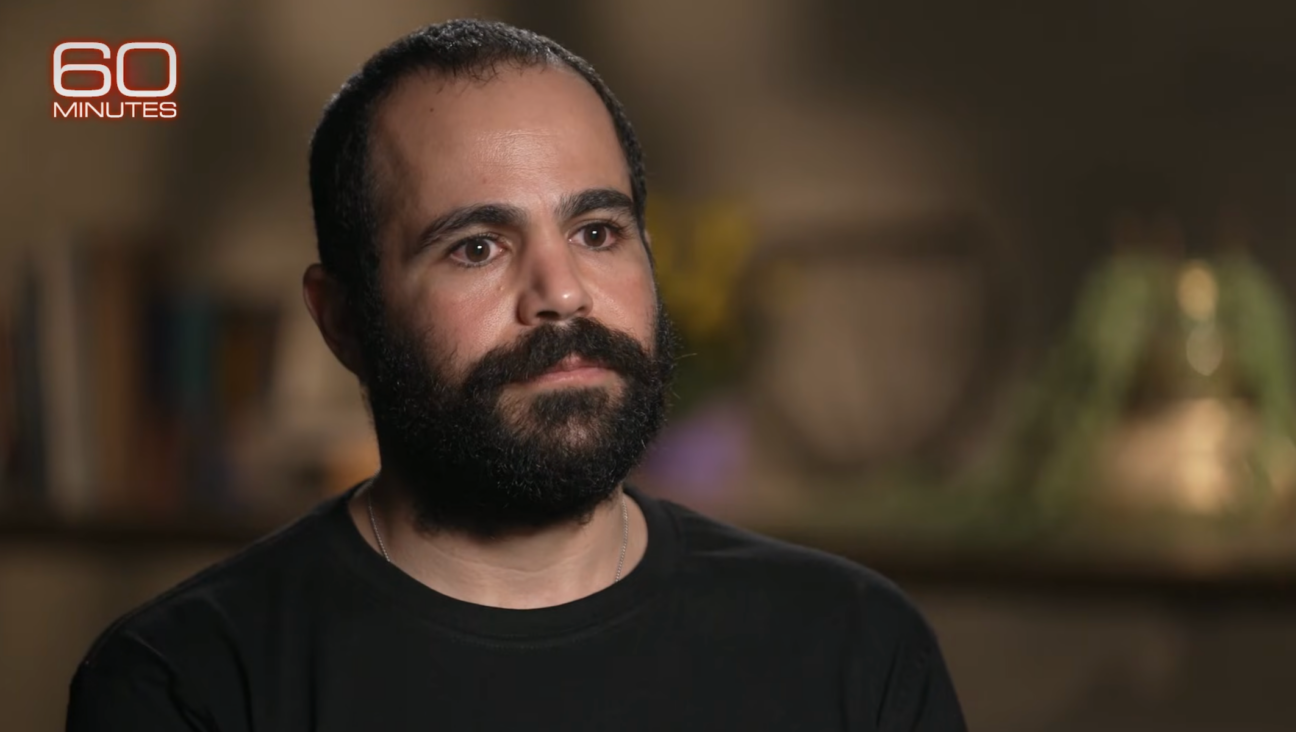
Fast Forward Yarden Bibas says ‘I am here because of Trump’ and pleads with him to stop the Gaza war
-
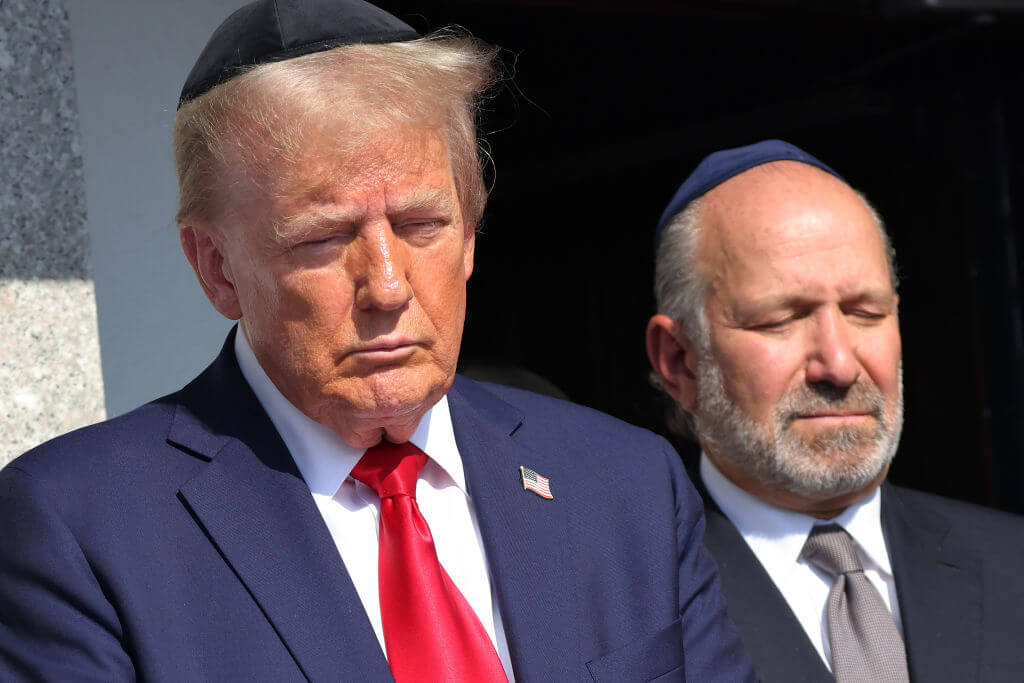
Fast Forward Trump’s plan to enlist Elon Musk began at Lubavitcher Rebbe’s grave
-
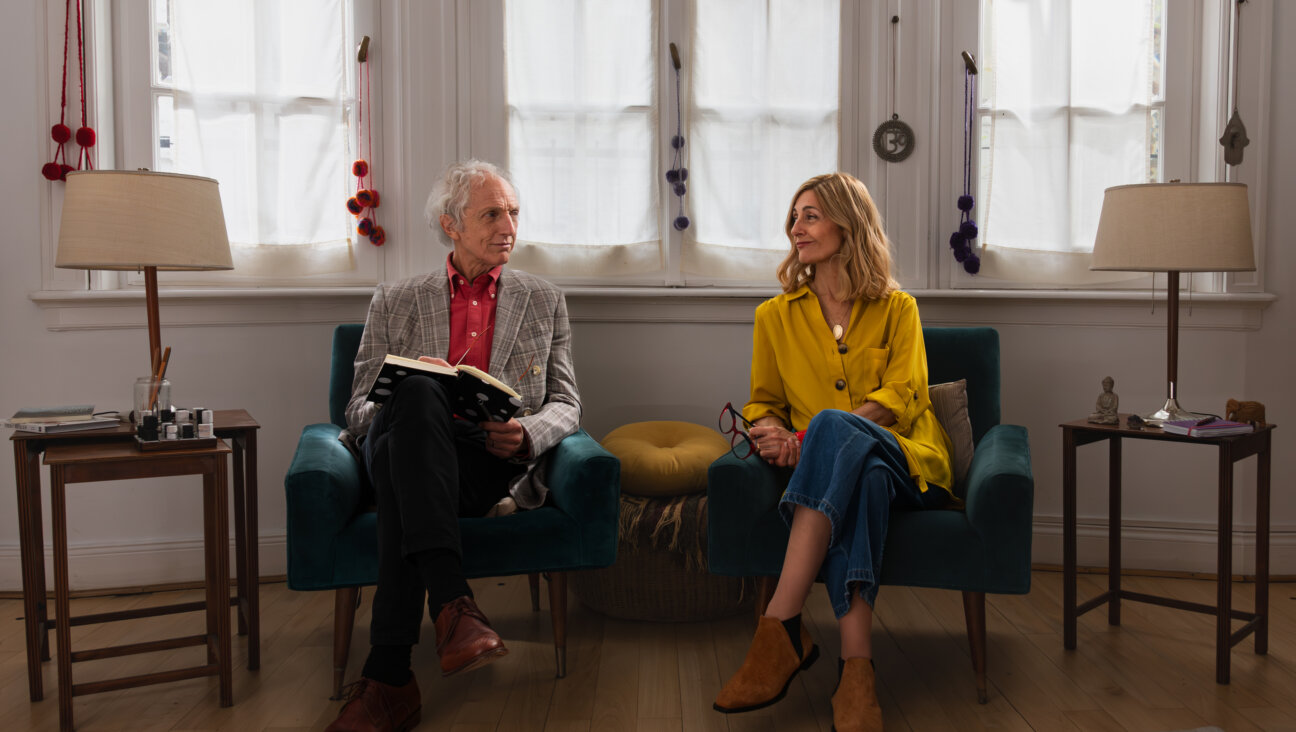
Film & TV In this Jewish family, everybody needs therapy — especially the therapists themselves
-
Shop the Forward Store
100% of profits support our journalism
Republish This Story
Please read before republishing
We’re happy to make this story available to republish for free, unless it originated with JTA, Haaretz or another publication (as indicated on the article) and as long as you follow our guidelines.
You must comply with the following:
- Credit the Forward
- Retain our pixel
- Preserve our canonical link in Google search
- Add a noindex tag in Google search
See our full guidelines for more information, and this guide for detail about canonical URLs.
To republish, copy the HTML by clicking on the yellow button to the right; it includes our tracking pixel, all paragraph styles and hyperlinks, the author byline and credit to the Forward. It does not include images; to avoid copyright violations, you must add them manually, following our guidelines. Please email us at [email protected], subject line “republish,” with any questions or to let us know what stories you’re picking up.



